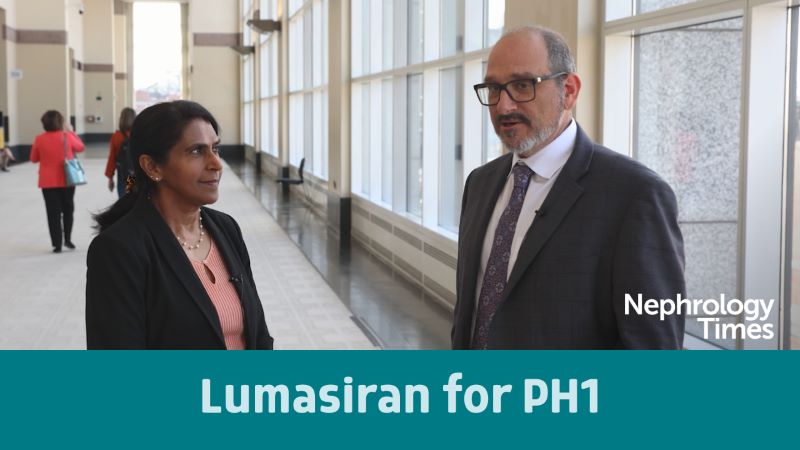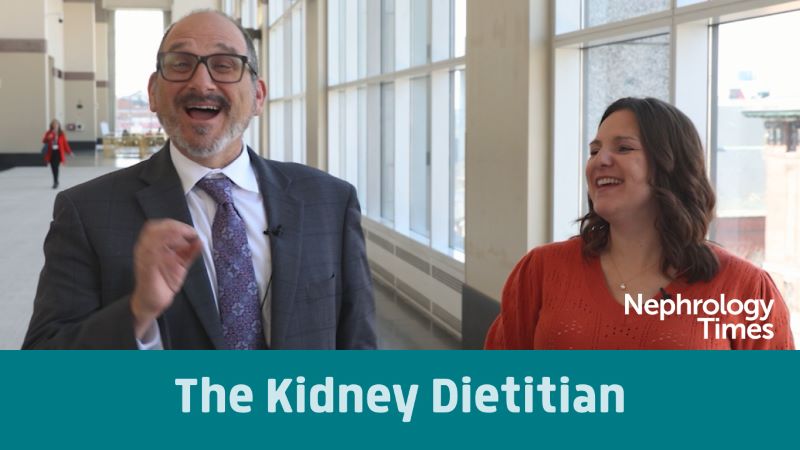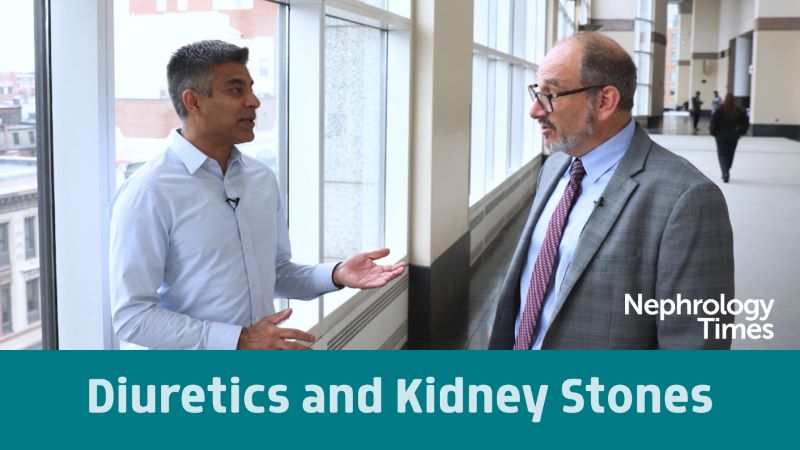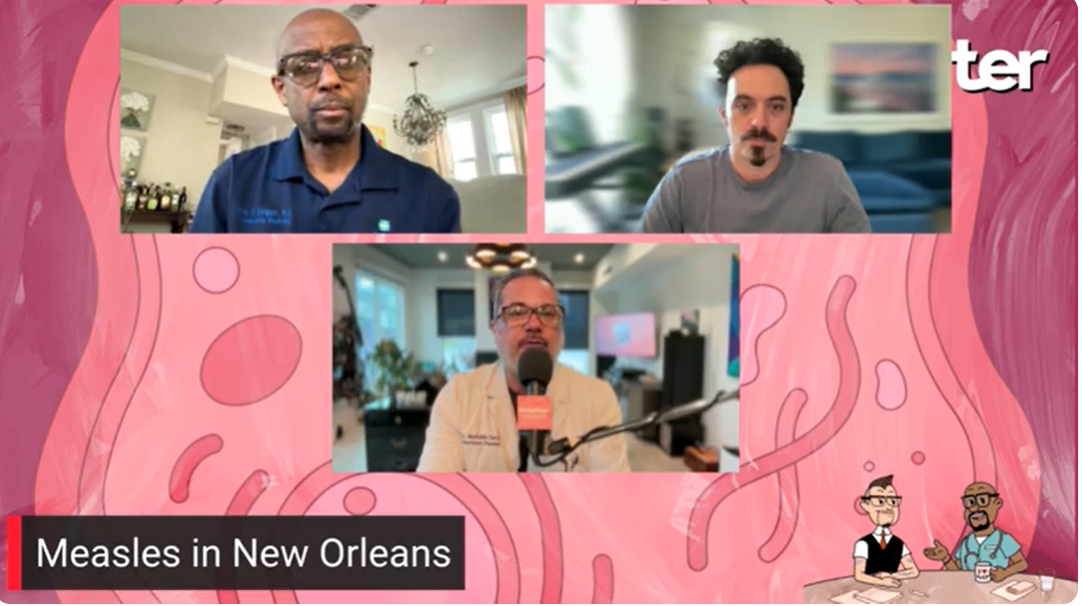Shannon Burke: The Rising Costs of Healthcare and How They Impact Different Generations
By Rob Dillard - Last Updated: April 27, 2023DocWire News recently spoke to Shannon Burke, Senior Vice President of Synchrony Health & Wellness. She spoke to us about the rising costs of healthcare in the U.S., and the impact these costs have on younger and aging generations. Burke discussed why we are seeing these trends for both populations, what is driving these higher healthcare costs, and financing options for younger generations and people later in life.
DocWire News: Please provide us with some background on yourself, and your area of expertise.
Shannon Burke: Sure. I’m senior vice president at Synchrony for the health and wellness platform and I focus on health systems and offering health systems our patient financing options.
Why are healthcare costs rising in the U.S., and what’s driving the increase?
Well, it’s a big question and certainly important. It’s certainly gotten all kinds of… historically has gotten a lot of attention just because of the amount of money that’s spent in healthcare in the part of GDP that healthcare plays for a country. Certainly the state of the union has been talking about that. The president was talking about that recently.
So it’s not new, the rising cost of healthcare. It’s been a concern for some time. Certainly some of the trends that we see start in the technology, just the increase of technology, the increase of pharmaceuticals, and certainly our demand as patients. We have a very high capacity and interest in our care and so our demand for care has gotten significant.
How are these cost increases affecting both younger, and older generations?
Well, it’s not only cost increases, it’s the portion of your care that is the responsibility of the patient, of you and me when we receive care. That portion of responsibility has gone up over time and so the increases overall in our healthcare expenses and then the portion that we owe of that has created a huge challenge for all generations in terms of how are we going to finance, or how are we going to pay, really, for the cost of the care that we owe out of our own pockets.
And so that’s been a very interesting trend as we’ve seen, and the rise certainly of more and more need for patient financing options to be offered when we get our care and when we fulfill our care needs.
What are some viable financial options for both younger, and older people?
Yeah, I think that patient financing and financing within healthcare has been happening for a long time. It’s not widely known because it’s not been something that providers have advertised or made highly visible and available but health systems and healthcare organizations have been offering some forms of financing for quite some time.
What we’re seeing in new trends is that as the patient has really evolved from a patient that I’m just a patient in consuming care to now that I’m paying more for care, just as I had mentioned before, my portion of the care that I owe. Or even care that’s not paid by insurance or I’m uninsured. As we’ve become a payer, a higher payer of our portion of the healthcare costs, we’ve become consumer customers of care.
And so in that, our demand and our needs for financing for the portion we owe, which can be quite large on certain occasions has gotten more and more. So we expect financing or the options for financing in our healthcare when we receive large bills, the same way we do in any other aspect of our lives. So that is really the demand from the customer or the patient who’s receiving the care has gotten quite high and the options offer a wide range, and that is also really important, is that you and me may have very different needs. Very different needs for what we have to cover our costs.
So it’s really looking for a partner and we see providers really digging deep and looking broadly for providers who can offer flexibility and meet the patient where they’re at in easy, flexible ways and so we’re seeing more financing that looks like every other aspect of our lives, in our consumer lives.
What are some key takeaway messages you would like to convey?
Well, the first one, as I said, I think that the idea that our patients are really [inaudible 00:04:12] is customer care and the same way we’ve thought about patient-centric medical care, we have to think about patient-centric payment of the care that they receive and we have to look at it as a patient perspective and that means that we have to think about informing patients, being transparent with patients early on in that journey, and understand that many people start researching care and evaluating who they’re going to go to for care much earlier than just when they need care and or have to have care, I should say.
And so keeping that in mind that this is a journey that they go along just as they go along their medical journey, interwoven with that for today’s patient is going to be the need for the financial journey and it starts with discovering this all the way through the care and then post-care and payment.
And so as we think about, nobody wants to get surprised and understanding that it comes from a perspective of we, as patients, are looking for that information, are looking for ways to understand our costs and evaluate those costs and that our loyalty and our choice of where we receive care is influenced by all of that.
So it’s definitely been an evolution. It’s a good thing. I think it’s good for patients to be engaged with their costs and the cost of care. I think transparency is vital and I think that certainly the results of COVID is that we are seeing more and more patients receive care and expect care and transparency, the financial aspects of care in many different ways.
And finding a partner to work with that can understand that and has been in healthcare, like Synchrony for 30 plus years, is really very important and I think more and more providers are realizing that.







 © 2025 Mashup Media, LLC, a Formedics Property. All Rights Reserved.
© 2025 Mashup Media, LLC, a Formedics Property. All Rights Reserved.